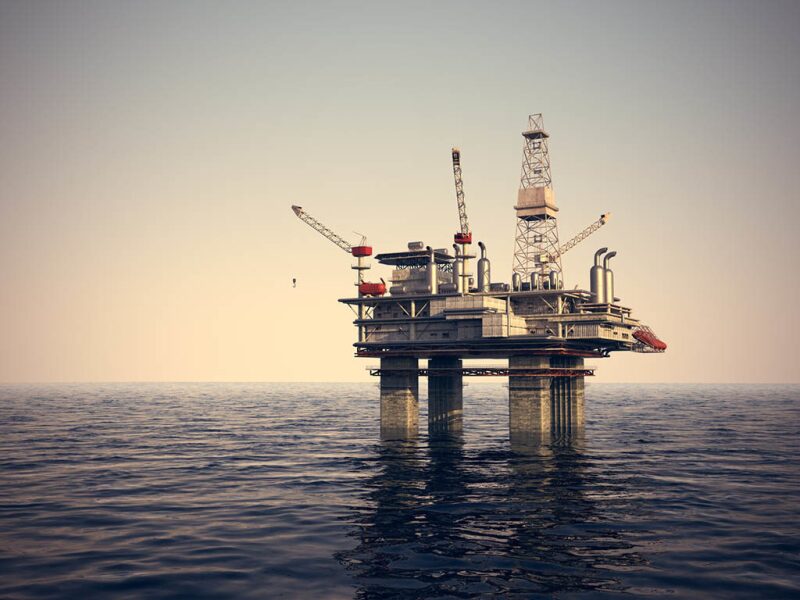Summary
Hard substrates associated with offshore oil and gas platforms can contribute to the productivity of marine ecosystems, thereby generating local and regional economic benefits. These benefits form the basis for incorporating the platform into a rigs-to-reefs program when it is retired or for selecting some other type of removal op- tion. There are many options for reefing platforms, each differing in environmental impact associated with dismantling and transport of the platform structure (deck, jacket, and other subsea structures). The use of science-based decision making in exploring platform- removal options can be beneficial for all stakeholders in the context of regulatory environment, complex ecosystem, and human interactions across multiple scales. Accommodating these complexities in a decisionmaking process is the foundation of an ecosystem-based- management (EBM) approach. EBM is an environmental-management approach that recognizes the full array of interactions within an ecosystem, including humans, rather than considering single issues, species, or ecosystem services in isolation (Christensen et al. 1996; McLeod et al. 2005; Altman et al. 2011).
The focus of this study is on one of Shell’s former deepwater assets in the Gulf of Mexico. The fixed-jacket platform has been in operation for more than 35 years and extends to more than 1,000 ft of water depth off the coast of Louisiana. Few studies have been published on the ecology of marine life inhabiting deepwater platforms such as these. To begin to understand the specific contribution of this platform as an artificial reef, a stratified (across depth down the platform) study was performed by use of routinely collected remotely-operated-vessel (ROV) video footage to assess fish and sessile biotic communities. The ROV study revealed clear depth-related patterns of visually conspicuous epibiota (surface-dwelling organisms such as Lophelia pertusa) and numerous species of reef and pelagic fishes. These data were used to construct a matrix to rank the ecosystem services of several decommissioning alternatives, including complete removal of the deck and jacket; removal of the deck, topping the jacket 85 ft below the waterline, and leaving the remainder in place; and removal of the deck and transfer of the entire jacket to a rigs-to-reef location. This portion of the assessment provided a strategic framework for identifying and evaluating sensitive ecosystem services in association with both human and environmental drivers to provide realistic (actionable) guidance in the selection of these decommissioning options. The preliminary ranking illustrated that a high level of ecosystem services could be maintained by decommissioning alternatives that leave the jacket in place or transfer the jacket elsewhere as part of a rigs-to-reefs program.
Read or download SPE paper 173519-PA.
Stephen P. Truchon, Shell Projects and Technology; Louis P. Brzuzy, Shell Exploration and Production; and Deborah Fawcett and Mark Fonseca, CSA Ocean Sciences

